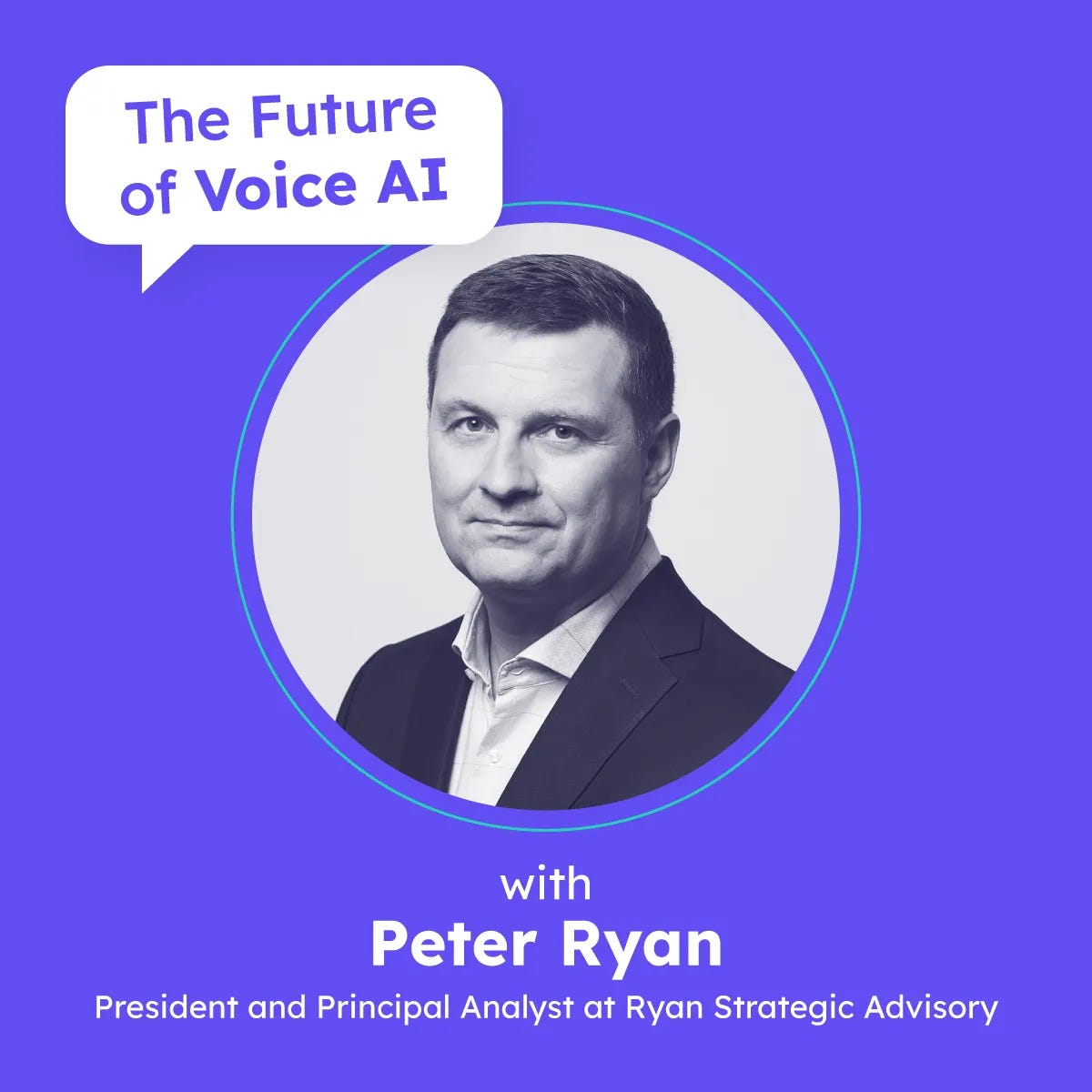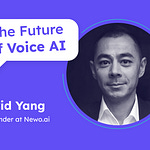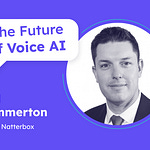In the Future of Voice AI series of interviews, I ask three questions to my guests:
- What problems do you currently see in Enterprise Voice AI?
- How does your company solve these problems?
- What solutions do you envision in the next 5 years?This episode’s guest is Peter Ryan, President and Principal Analyst at Ryan Strategic Advisory.
Peter Ryan is recognized as one of the world’s leading experts in CX and BPO. Throughout his career, Peter has advised CX outsourcers, contact center clients, national governments, and industry associations on strategic matters like vertical market penetration, service delivery, best practices in technology deployment, and offshore positioning.
Ryan Strategic Advisory provides market insight, brand development initiatives, and actionable data for organizations in the customer experience services ecosystem. With two decades of experience, Ryan Strategic Advisory supports outsourcing operators, technology providers, industry associations, and economic development agencies.
Recap Video
Takeaways
The hype cycle around AI has made it hard for CX leaders to separate real progress from inflated promises.
Adoption of voice AI is moving from concept to mainstream, driven by accuracy, latency improvements, and reliability.
Customers care most about issue resolution, not whether the agent sounds robotic or perfectly human.
One bad phone experience, often caused by language or accent misunderstandings, can permanently lose a customer.
Nearly half of surveyed enterprises are already using AI-powered voice translation, showing trust in its growing value.
About a quarter are experimenting with or adopting AI accent conversion, a big leap from just a few years ago.
Accent technology is not just for customers; it reduces agent stress and helps retain frontline workers.
Better agent retention directly lowers costs tied to recruiting, training, and high attrition.
Frontline agents are often more enthusiastic about accent technology than executives, because it eases real pain in daily calls.
CX leaders see accent and translation tools as a way to improve loyalty by making communication effortless across borders.
Latency in AI responses is no longer the barrier it once was—customers tolerate small delays if accuracy is high.
The biggest risk with AI in CX is overpromising; pragmatic, real-world use cases drive adoption faster than hype.
Failed AI deployments are often rolled back, especially with voice bots that don’t meet expectations.
Real-world case studies are becoming essential for buyers to justify investments in a tight economic climate.
CX voice AI adoption has followed a clear path: noise cancellation first, then accent tools, now translation at scale.
The next wave of adoption depends on showing measurable business outcomes rather than futuristic demos.
AI in CX today is compared to Pentium processors in the 90s: a turning point that accelerates everything once it matures.
Companies that promise realistically and deliver consistently will win long-term trust in a crowded AI market.
The real test of AI in CX isn’t novelty—it’s whether it helps customers resolve issues faster, cheaper, and with less friction.
Check out the last week’s article to dive deeper into the data discussed in this episode.











